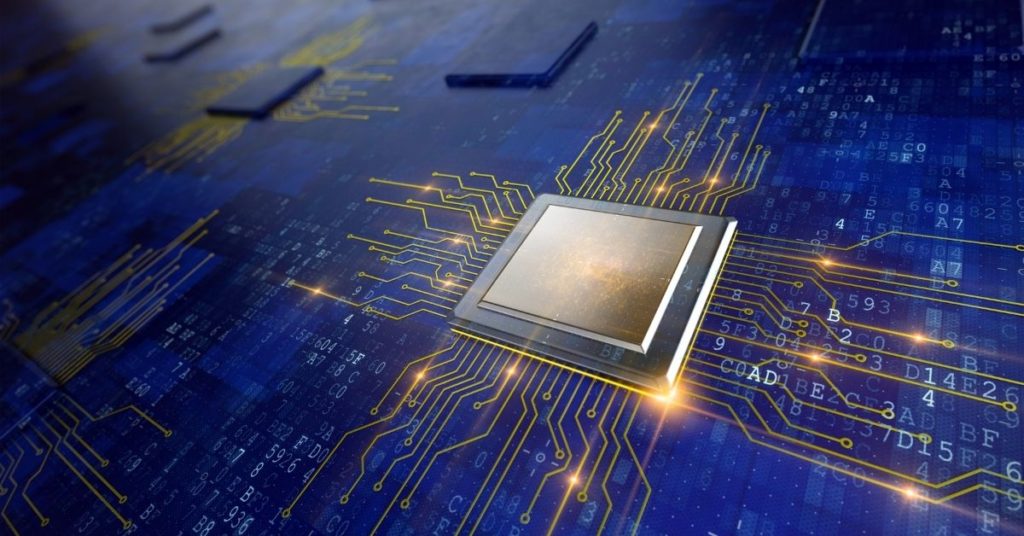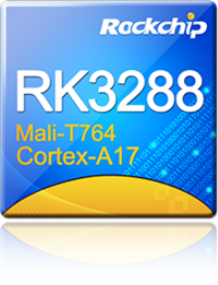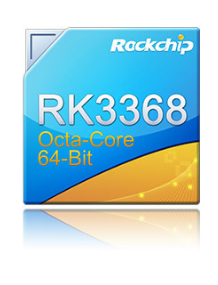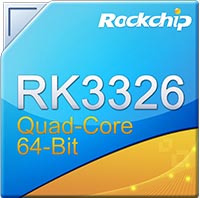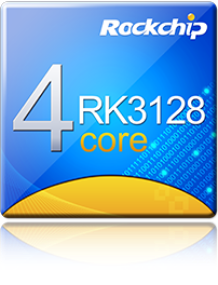Since the explosion of Android tablets started almost 10 years ago several CPU (central processor unit) manufacturers have come and gone. In the beginning high profit and high volume drew companies into the space, but as the volume of Wi-Fi Android tablets dropped and competition grew a few clear leaders have emerged. Those leaders include Rockchip, Mediatek (which also makes CPUs for telecom tablets and smartphones), and Allwinner Tech. These companies all make chips based on the ARM architecture, so many of their chips compete head to head and are fairly similar in spec and performance.
To keep it simple this article will focus on Rockchip since Hatch routinely uses their CPUs. The main reason we use more Rockchip is due to flexible customizations (important when making custom Android devices), engineering support, and because we have stronger relationships with Rockchip engineers. The other companies also make high quality Android CPUs that work for custom projects and we are supportive of using them if our customer requests.
The list below provides information about the leading Rockchip CPUs that are recommended for use in custom Android Wi-Fi devices in order of performance, from high to low end.
RK3399Pro
The RK3399Pro is called a ‘server level’ CPU. It’s mainly intended for use in applications that demand high performance such as an Edge AI server, industrial applications, client-side facial recognition, and others of this nature.
The CPU contains 6 (hexa) ARM cores, consisting of 2 Cortex-A72 (1.8GHz) and 4 Cortex-A53 (1.5GHz), a NEON coprocessor, Mali T864 GPU, and an NPU. It can run multiple learning platforms such as Caffe and Tensor Flow. The RK3399Pro supports multiple display outputs up to 4k resolution and multiple camera inputs up to 13MP. It also has native support for USB type-C protocol.
(Before the RK3399Pro came the RK3399. The RK3399Pro is the RK3399 with the integration of the RK1808 IC. The RK1808 provides the NPU (neural network processor unit) mentioned above.)
RK3288
The RK3288 is a high end Android CPU that features excellent display support and strong processing power. This chip is used in a range of consumer, business, and industrial devices. Many large screen advertising displays use this chip. Applications include live video streaming with add-on electronics (like temperature sensor), laptops, and access control terminals.
The CPU contains 4 (quad) ARM Cortex-A17 cores that deliver speed up to 1.8GHz and a Mali T764 GPU. It supports up to 4k display resolution, dual display output, and dual camera up to 13MP (with internal ISP).
RK3368
The RK3368 is similar to the RK3288 with slightly lower specs. It still offers excellent multimedia features and does a great job in high level consumer or business applications. The RK3368 is commonly used for educational tablets, TV boxes, advertising displays, and premium tablets.
This CPU has an 8 (octacore) architecture with 8 Cortex-A53 cores that run up to 1.5GHz. It supports up to 4k video HDMI output powered by a PowerVR G6110 GPU. The internal ISP supports 1080p recording and up to 8MP images.
RK3326
The RK3326 is a mid-range CPU that has become popular with devices like retail tablets and smart speakers that have moderate performance requirements and need the newest technologies. The chip is a step up from the RK3128 in that it provides faster processing speed and an internal ISP for image processing.
This CPU has a 4 (quad) core Cortex-A35 processor that runs up to 1.5GHz. The Mali-G31MP2 GPU delivers video output up to 1080p resolution. The internal ISP supports video up to 1080p resolution and images up to 8MP.
RK3128
The RK3128 is the entry level CPU intended for mass market consumer level devices. Its high volume ensures stable functionality and reliable performance in tablets and TV boxes for lower resolution displays. It’s a solid option for custom Android devices that need long battery life with limited functionality.
This CPU has 4 (quad) Cortex-A7 cores running up to 1.2GHz. It integrates a Mali-400MP2 GPU that provides video output up to 1080p resolution. The CPU also supports cameras with recording up to 1080p and images up to 5MP.
Some CPUs have multiple versions that offer slightly different features. For example, the RK3128 and RK3126c are exactly the same CPU, but only the RK3128 has HDMI connectivity and supports DDR2. For products that don’t leverage the full features of a CPU using the ‘cost down’ version (like the RK3126c) saves cost on the BOM (bill of materials). Once the requirements of a product are clearly defined with a client Hatch will help to accurately identify the most suitable chip to use.
